Is your skin causing you grief?
For many people, the struggle with acne is not just an affliction of adolescence. In fact, up to half of all men and women experience acne well into their 30s!
Your face is what you show to the world, so it’s understandable that you want healthy, clear skin. It’s understandable that when your acne is flaring up, it affects your confidence and your mood. Alarmingly, chronic acne sufferers are more likely to experience anxiety, depression, suicidal thoughts, poorer employment outcomes and lower self-esteem than non-acne sufferers.
In fact, the emotional and psychological effects often outweigh the physical impact of the disease.
What is Acne?
Acne is a common, inflammatory skin disease that affects approximately 95% of the adolescent population. It mostly affects the areas that contain sebaceous glands including the nose, forehead, cheeks, chin, back and trunk.
The sebaceous glands of your skin create an oily substance called sebum. An overabundance of sebum along with an overgrowth of normal skin cells called keratinocytes, can build up and clog your pores. Keratinocytes and sebum can also both produce bacteria adding to the problem.
These skin cells then get stuck in the pores, mixing with the oil to form a hard plug. When blocked pores become infected and inflamed, this leads to the formation of pimples, blackheads, and whiteheads.
What Causes Acne?
Acne is a multifaceted condition which reveals that something more is going on inside and needs to be addressed.
Yes, genetics do play a role in determining your susceptibility to acne. However, research suggests that although there is a strong genetic link, the development and severity of acne are largely impacted by environmental factors.
In other words: genes load the gun, the environment pulls the trigger.
One of the biggest drivers of acne is high insulin levels. If you’re eating large amounts of refined carbohydrates, this can lead to a spike in your blood sugar levels. Your pancreas responds to this elevated level of glucose in your bloodstream by producing more insulin which is the hormone that is responsible for shuttling the glucose out of your bloodstream and into your cells.
High levels of insulin then stimulate the production and synthesis of androgens which are known to trigger the production of both keratinocytes and oily sebum. Stress can also stimulate androgen production from our adrenal glands.
Toxins (such as air pollutants), organic compounds (such as coal tar or crude oil), and pesticides are another trigger as they increase oxidative stress which can alter normal functions of lipids and protein in the skin and prompt sebum production.
Your Skin Microbiome
Human skin, which covers an area of 2m2 in adults, is the body’s largest organ and provides the first line of defense against external agents. Like the gut, the skin is also colonized by a diverse community of microorganisms that work together like construction workers repairing the structure and functionality of the skin.
Everyone has a different bacterial composition. It also varies according to body site and changes with age. Soaps, cosmetics, antibiotics, occupation, hormonal changes, stress, temperature, humidity, and UV exposure also impact bacterial composition.
Research has found that your skin microbes play a significant role in acne. One particular bacteria which has, for a long time, been associated with acne is C. acnes. C. acnes - formerly Propionibacterium acnes - is a commensal bacteria that plays a critical role in skin homeostasis. It hangs out in the sebum-rich environment of the hair follicle, where it exerts its policeman-like effects: preventing other harmful bacteria from staking any claim and maintaining a low skin pH by releasing free fatty acids.
However, while it is essential for a healthy skin microbiome, it is not always beneficial. Over-proliferation of some strains of C. acnes can cause or exacerbate acne and other skin diseases given the right circumstances. It colonizes the sebaceous follicles that provide the bacterium with an anaerobic and lipid-rich environment that helps them to thrive and proliferate.
Now, if you have been to the doctor about your skin, it is likely that you walked away with topical antibiotics of some sort. While they may have worked for a time, ultimately, they can disrupt your skin’s microbiome balance and can lead to redness, irritation, rosacea, rashes, eczema and acne - exactly what you’re trying to get rid of.
Benzoyl peroxide is the mainstay of popular acne treatments and is aimed at targeting the overgrowth of C. acnes. Unfortunately, despite the new discovery that C. acnes is a commensal bacteria that may or may not become pathogenic depending on the species’ strain, it continues to be the number one topical acne treatment.
Its side effects, however, are not something to laugh at. Benzoyl peroxide generates free radicals that damage the skin’s structure and cellular DNA. It also acts as a photosensitizer, diminishing sun-protective effects by removing the top layers of the skin. Finally, studies have shown benzoyl peroxide has skin tumor-promoting activity. For this reason, you can only get benzoyl peroxide by prescription in the European Union but it’s still readily available in the US.

While guidelines around antibiotic use in acne have recently tightened in some parts of the world, what we really need are natural, safer solutions to treating acne, solutions that focus on addressing the underlying causes and balancing the skin and gut microbiome.
Fortunately, research is showing that diet and probiotics could be the game-changers.
Probiotics for the Skin
You may have seen a few beauty products that are advertising “food” or “nourishment” for the skin. In fact, the skincare industry has recently seen quite a surge in topical formulations containing probiotic microorganisms.
Well, they’re on the right track.
Studies are beginning to show the beneficial effects of topical probiotics for the treatment of certain inflammatory skin diseases including acne.
How do they work exactly?
Probiotics such as Streptococcus salivarius promote a balanced microbiome by inhibiting the growth of pathogenic bacteria such as C.acnes. Applied topically, they literally serve as a protective shield, preventing colonization by other potential pathogens.
Probiotics also modulate the immune system and block the release of inflammatory cytokines, helping to reduce skin inflammation. They help to accelerate the healing and recovery of the skin barrier and help to reduce the pustules, providing relief from skin irritation.
Unfortunately, the topical formulations available to us have a long way to go. Almost all of them have not yet gone beyond the personal care product category. These products are also non-sterile and may contain antimicrobial preservatives that may affect the viability of the probiotic strain. More research is needed regarding the efficacy and safety of these topically applied probiotics.
The Gut Microbiome and Your Skin
Your gut microbiome also plays a significant role in the health of your skin. If you have an imbalanced gut microbiome (aka dysbiosis), this can negatively affect your skin too.
The bad guys in your gut, for example, can lead to the accumulation of toxic metabolites, which can access your circulatory system, making their way around your body. These metabolites can accumulate in the skin and break down the integrity of the skin barrier, reducing the skin moisture content and decreasing the production of healthy skin cells.
Dysbiosis can also activate the immune system and lead to inflammation. It is now known that inflammation precedes pustule development in acne sufferers. The amount and concentration of certain inflammatory cytokines are also linked to the severity of acne. Thus, the degree of dysbiosis also has the potential to influence the severity of the acne.
Dysbiosis can also lead to leaky gut. Your gut wall is made up of lots of cells that are held together by tight junctions. In a healthy gut, these tight junctions are impermeable, only letting the smallest molecules through the wall and into the bloodstream.
However, pathogenic bacteria can damage these junctions meaning that contents of the gut, such as harmful bacteria, food proteins, toxins, or parasites are able to pass into the bloodstream where the immune system is then activated, leading to a host of problems throughout other parts of the body.
Many autoimmune conditions and skin conditions are triggered by the leaky gut syndrome. When these harmful substances enter the bloodstream, the body looks for the quickest route to remove them and, often, the skin is the easiest and fastest option. The immune reaction that is triggered can also cause redness, swelling and breakouts.

Diet, Your Microbiome, and Acne
As you can see, looking after both your gut microbiome and skin microbiome is the future of acne treatment, and this all starts with diet.
The typical Western diet, one that is high in sugar, processed foods, saturated fats, factory-farmed animal products and chemicals, has long been associated with a host of chronic diseases including cancer, heart disease, type 2 diabetes, and many more. Science suggests that the Western diet may also play a big role in acne development.
This is primarily due to diet’s impact on the intestinal microbiota and its influence on metabolic and inflammatory processes that contribute to acne development.
The Worst Foods for Your Skin
The top three worst foods for your skin include:
1. Dairy
For a long time, dairy has been considered the worst food for acne.
Dairy may aggravate acne by raising levels of insulin-like growth factor-1 (IGF-1) and insulin, leading to an imbalance in androgens. Dairy products also increase the activity of an enzyme in the body called mTORC1. MTORC1 has been shown to contribute to the development of acne and various other diseases.
Intolerance to dairy and, specifically, the sugars in dairy (lactose), is also considered to be a rising issue for many people. Lactose intolerance is a condition in which people are not able to break down and digest lactose.
The enzyme responsible for breaking down lactose is lactase and as you get older, you produce less of this enzyme. If you continue to consume dairy but are unable to efficiently break down lactose, this can not only lead to symptoms such as bloating and constipation, but it also can affect the integrity of your gut wall and the balance of bacteria in your gut which we have seen can contribute to acne.
Also, modern dairy products are highly processed foods. The process of obtaining milk from a cow to being available in our supermarkets is damaging to the nutrient composition and destroys a number of enzymes. Hormones and antibiotics are also finding their way into our milk which causes further damage to our health, our microbiome, and our skin.
All these changes reduce the ability of the body to absorb and utilise nutrients such as calcium and vitamin A, C, E and K which can also affect our microbiome, immune function and inflammatory response.
2. Sugar and other refined carbohydrates
Studies show that refined foods with a high glycemic index (such as white bread, white pasta, and sugary foods) are big triggers of acne.
When your body digests foods with a high glycemic index, they enter your bloodstream faster than those with a low glycemic index. This can lead to higher glucose levels and a persistent elevation of serum insulin. They can also contribute to acne by causing more sebum production.
A 2012 study involving 2,300 adolescents found that those who consumed the most added sugars had a 30% increased risk for developing acne, and those who consumed the most sugar-filled baked goods had a 20% increased risk.
3. Saturated fats
A diet high in saturated fats has also been shown to contribute to acne development, as it alters sebum composition and fuels the overgrowth of C. acnes.
Saturated fatty acids have also been shown to cause dysbiosis and leaky gut. This allows for direct entry of endotoxins (complex lipopolysaccharides found in the outer membrane of gram-negative bacteria) into the bloodstream.
Abnormal exposure to endotoxins can trigger an innate immune response, activating the immune system and causing inflammation. In fact, studies have shown that circulating endotoxins derived from gut microbes are not an uncommon feature of acne vulgaris.
Saturated fats are also associated with high concentrations of insulin growth factor which can trigger the development of acne. A 2014 study also showed that palmitate, the major saturated fat, activates the enzyme mTORC1 which has been linked with inflammation and the formation of acne comedones.

The Best Kind of Diet
As you can see, what you eat can make an enormous difference for acne — and for skin health overall.
If you are struggling with acne, avoid foods with a high glycemic index such as white bread and pasta, avoid dairy and refined carbohydrates and minimize saturated fats.
Focus instead on low GI foods such as kale, lentils, and whole grains, and consume plenty of nutrient-dense fruits and vegetables that are rich in antioxidants.
Foods that support the gut and skin microbiome are also helpful. If you don’t already, start consuming fermented foods such as tempeh, sauerkraut, kimchi, yogurt, miso and kombucha on a daily basis. Prebiotic foods such as artichokes, leeks, onions, garlic, and a host of other fruits and vegetables help provide the fuel for the beneficial bacteria in your gut to thrive.
Overall, an approach that aims to support a healthy gut and skin microbiome reduces inflammation, addresses insulin resistance, and recognizes the full impact of acne on the sufferer should be the future direction for acne treatments.
Recipe: Baked Giant Lima Beans In Tomato Sauce
It can be quite the challenge to stay away from dairy, sugar, and saturated fats, as they are so ubiquitous in today’s food.
But since your diet plays a huge role in taking care of your skin and protecting it from acne, we want to make it easy for you to change your diet bit by bit. Remember: Every small step counts!
This baked giant lima beans recipe is a dish that your skin will love. It contains nutrient-dense ingredients with prebiotics for the good bugs in your gut—all baked in a tangy-sweet tomato sauce with fresh herbs. Enjoy!



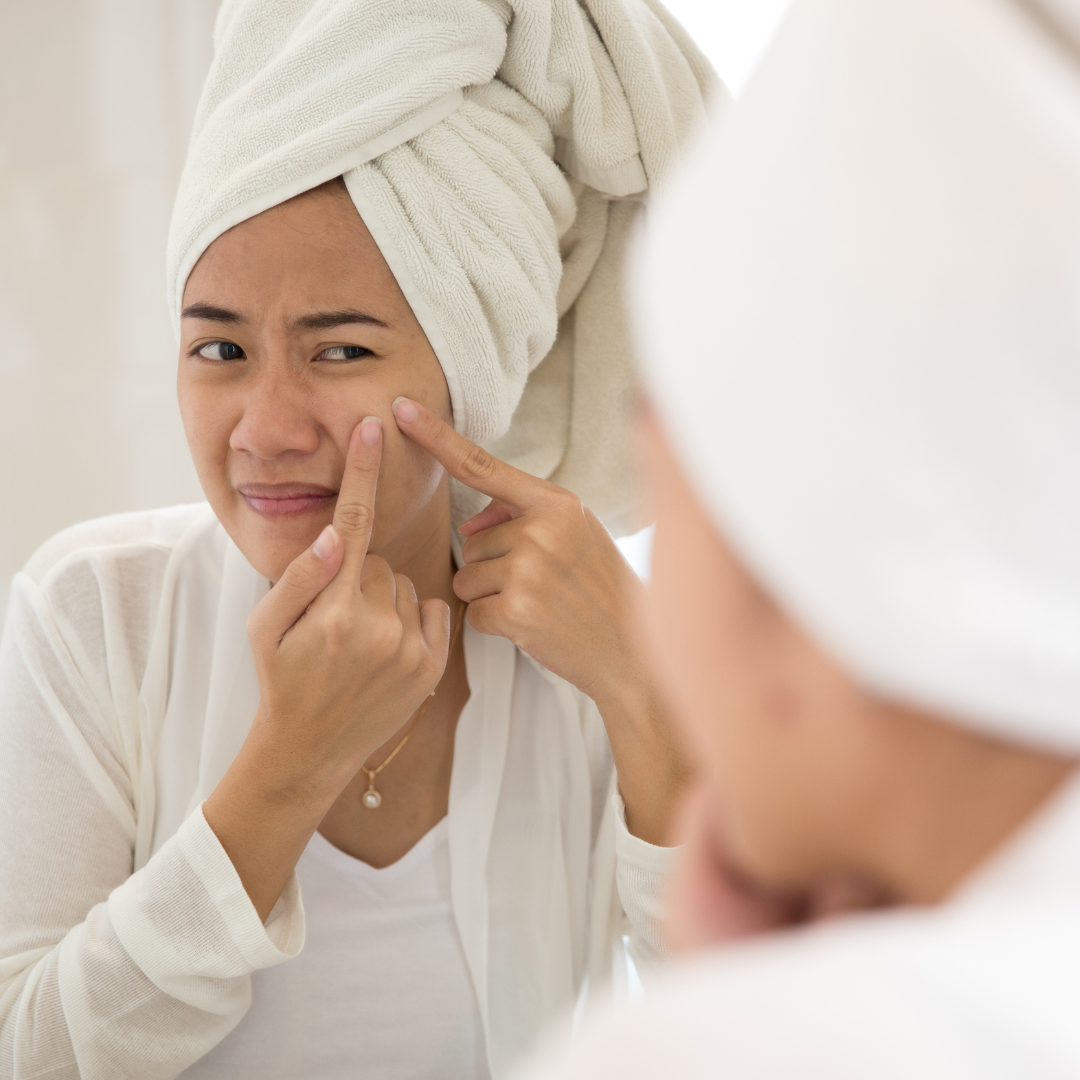
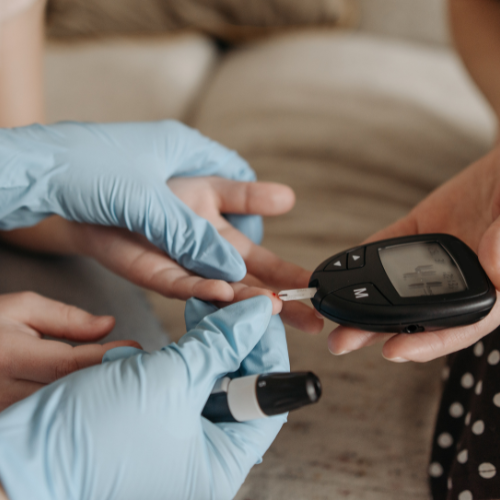




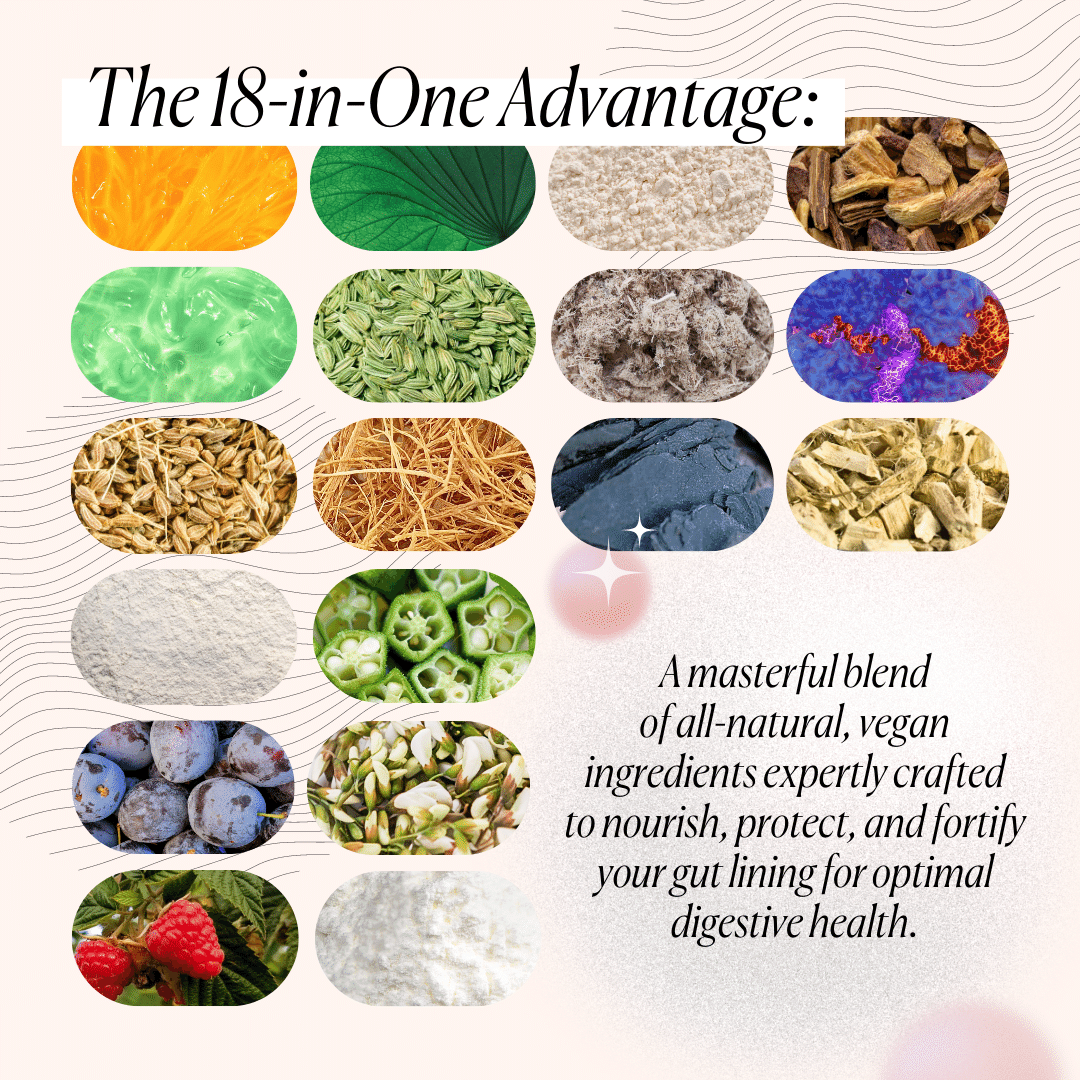
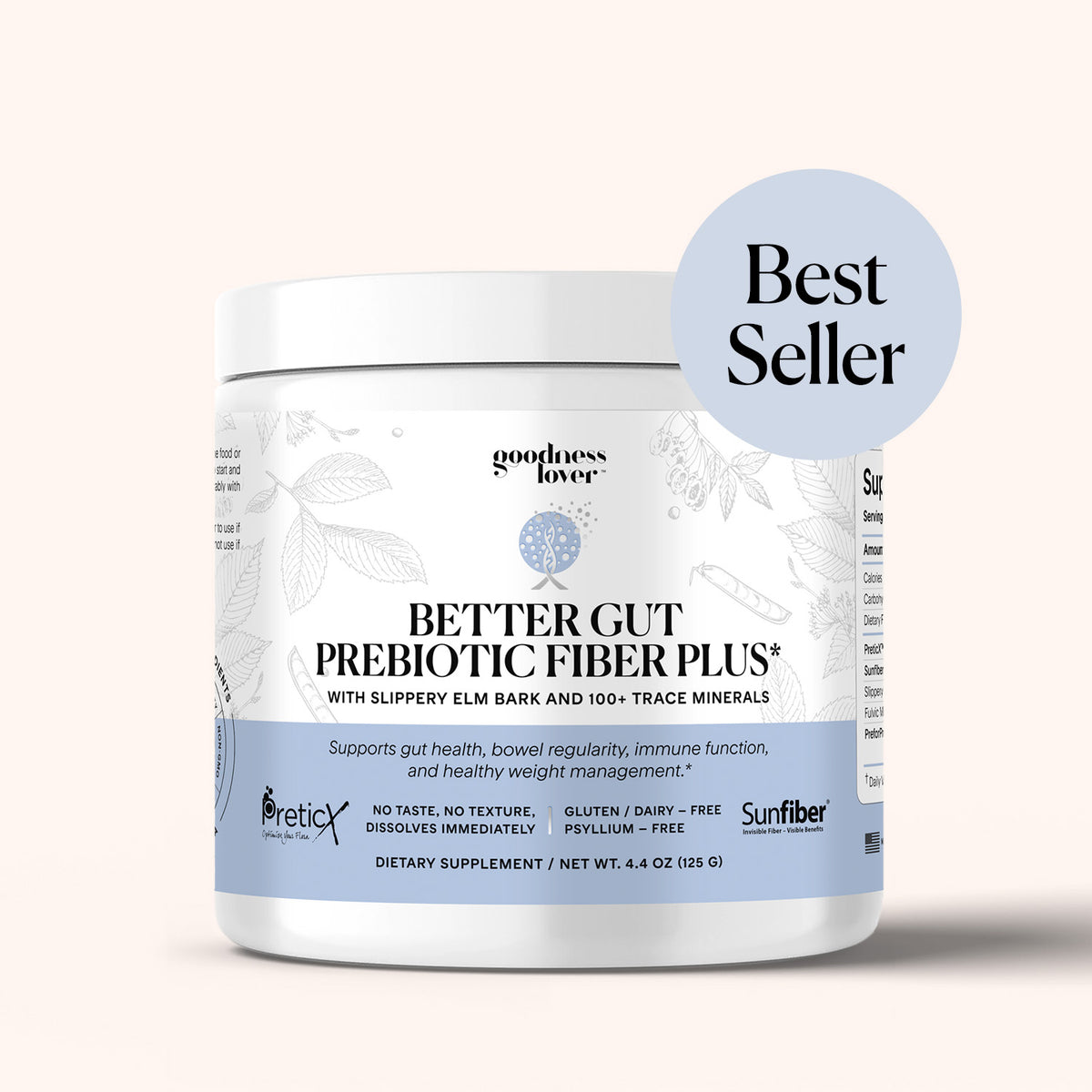

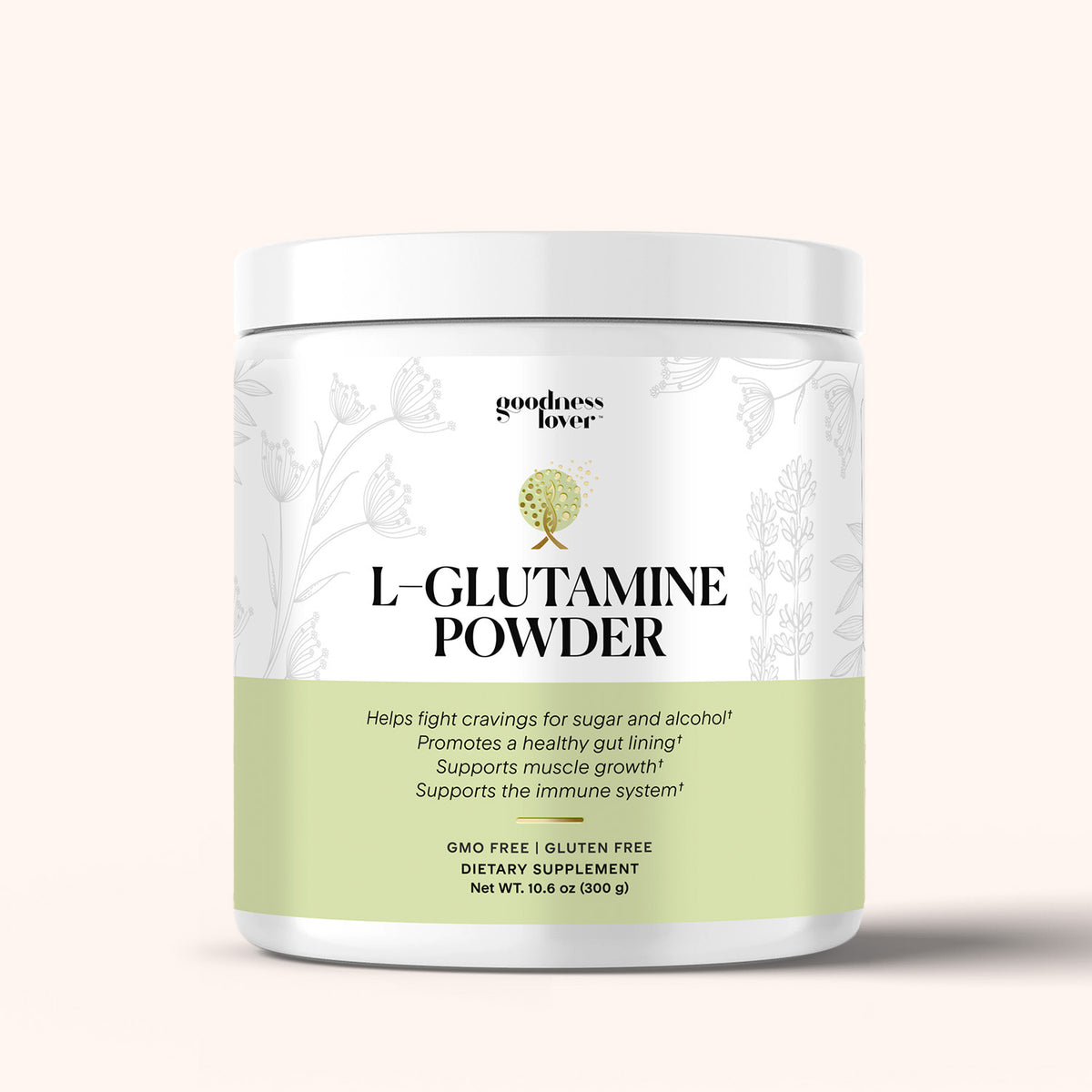
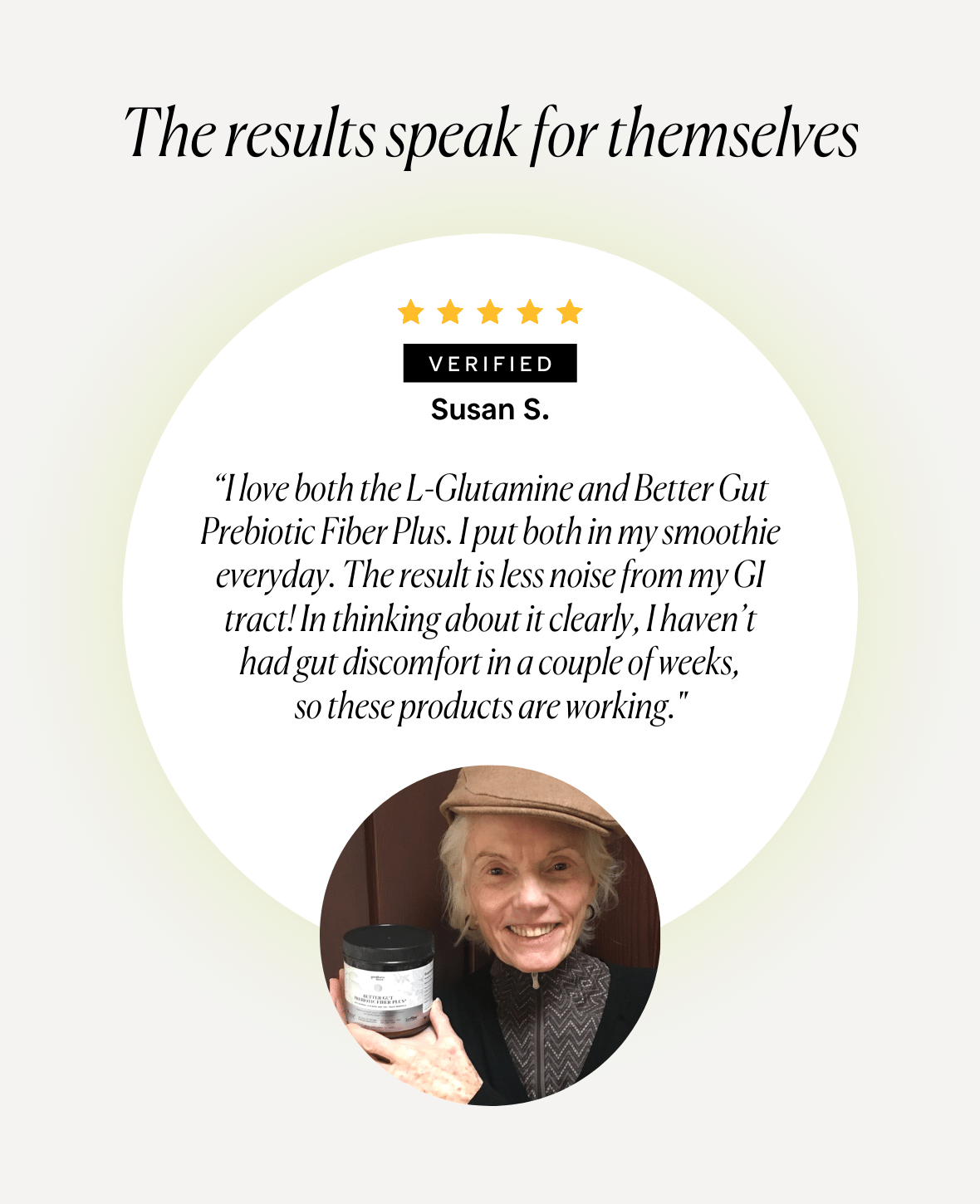
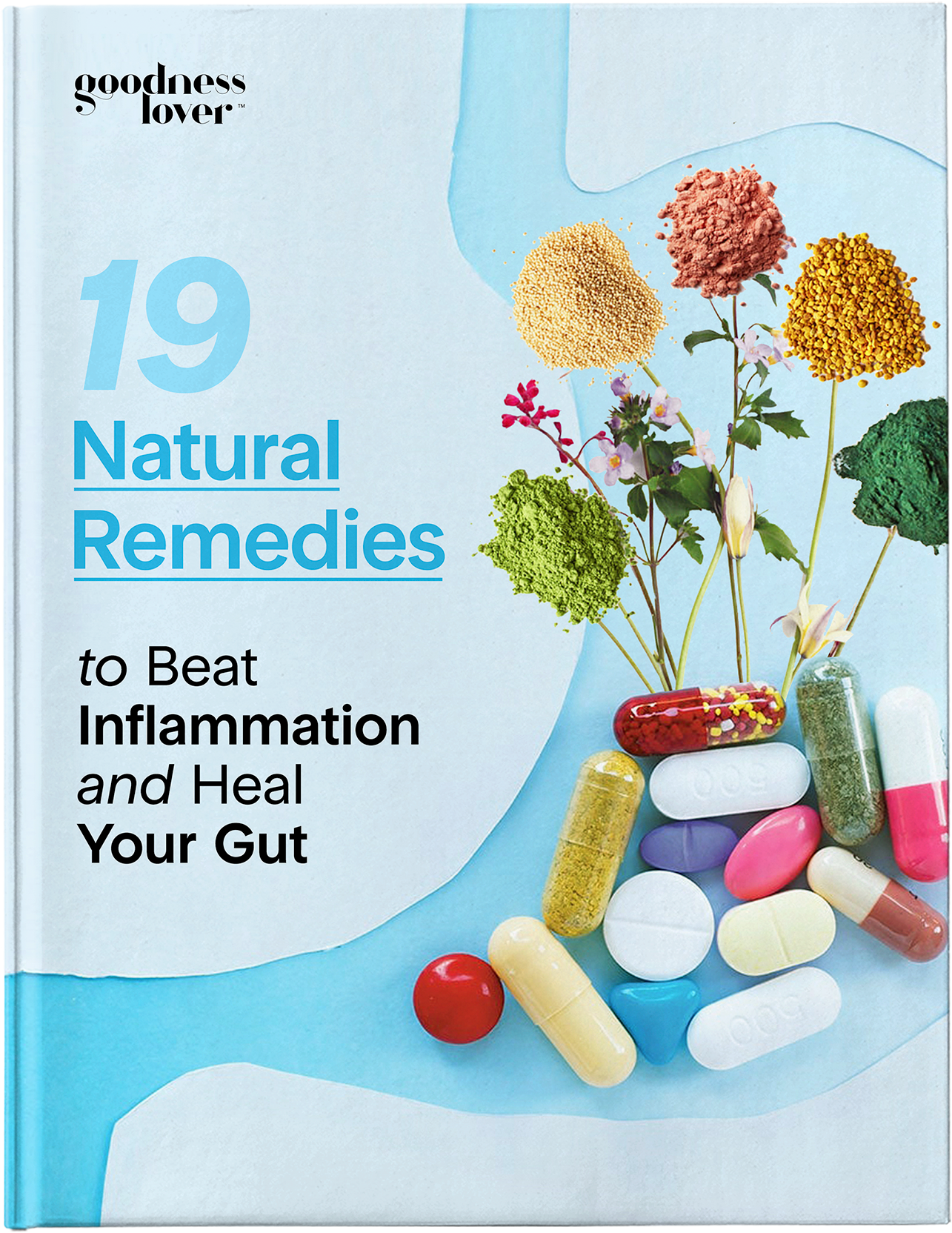
What Do You Think? Comment Below: